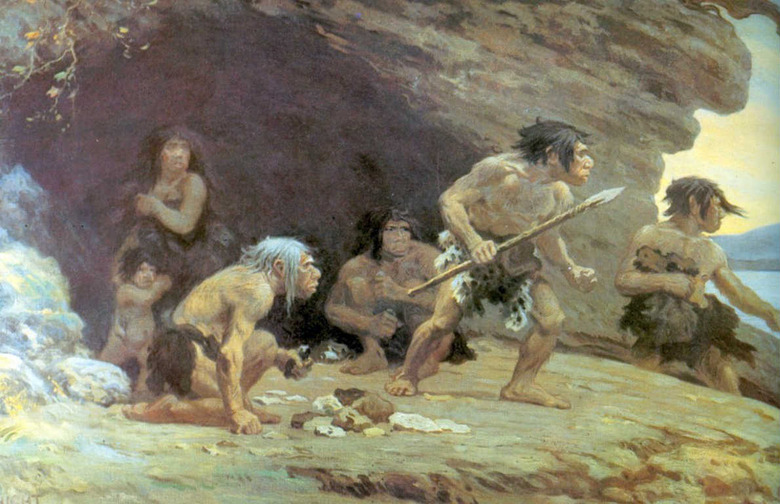New Evidence Shows Cannibalism Among Northern European Neanderthals
We still know relatively little about the Neanderthal species, which was closely related to humans but went extinct thousands of years ago. However, Hélène Rougier and her team recently discovered the largest cache of Neanderthal remains in Northern Europe: 99 bones from five individual humans, four adolescents or adults and one child.
Many of the bones had marks where they were crushed to extract marrow. Considering that the bones of horses and reindeer also on site were marred in similar ways, the study suggested that all food was consumed in this way — and that, crucially, deceased Neanderthals counted as "food."
The study also explored other ways Neanderthals used human corpses. Bones from the five human remains showed signs of being used as retouchers to shape stone after the meat was eaten off of them. Before this study, only three examples existed of Neanderthals using bones to sharpen tools. By finding five, Rougier has doubled the record known at a single site.
The remains were preserved incredibly well, allowing scientists to postulate that the Neanderthals lived between 40,500 and 45,500 years ago. The DNA within the bones was also able to be recovered. It showed that these Belgium-based Neanderthals were related to other Neanderthals as far as Germany, Croatia, and Spain. Such a great genetic uniformity showed that, while spread out, the European Neanderthal population was actually quite small.
